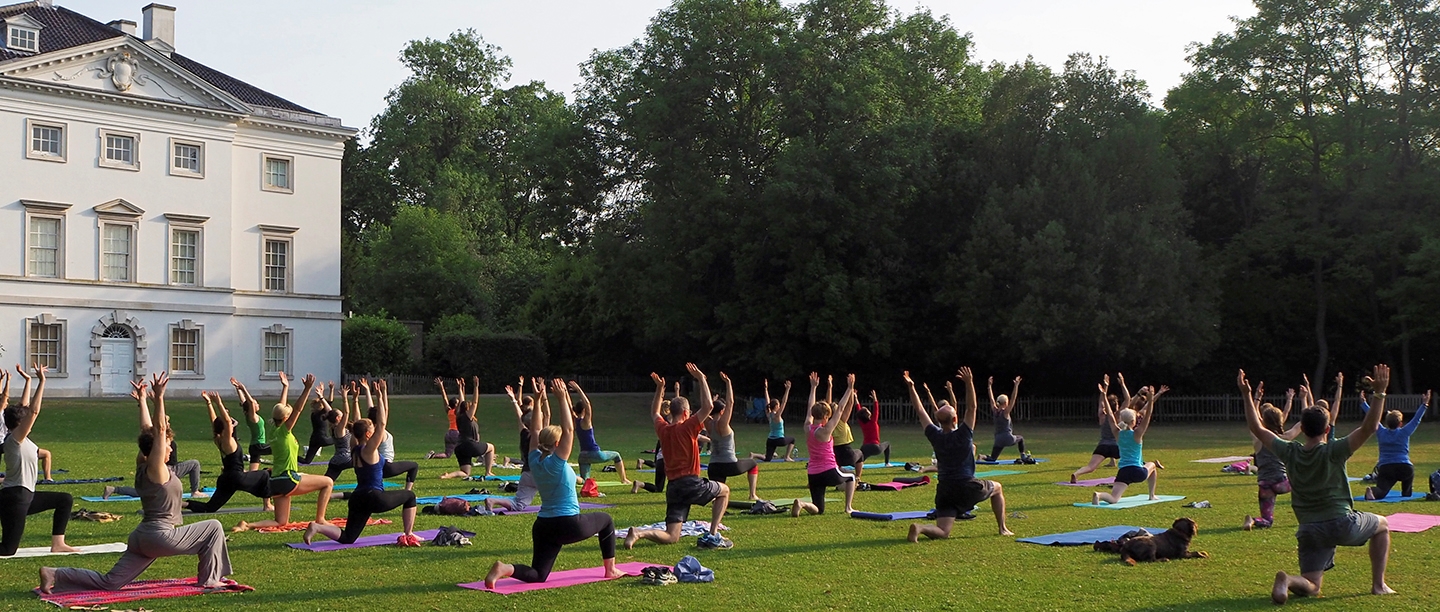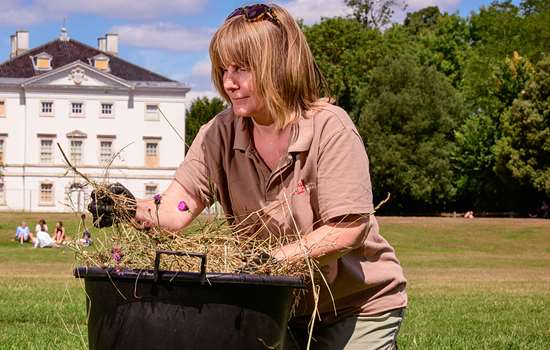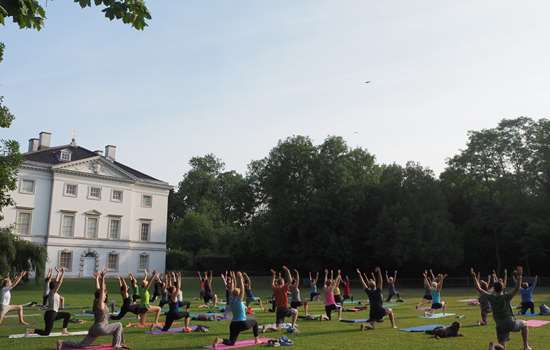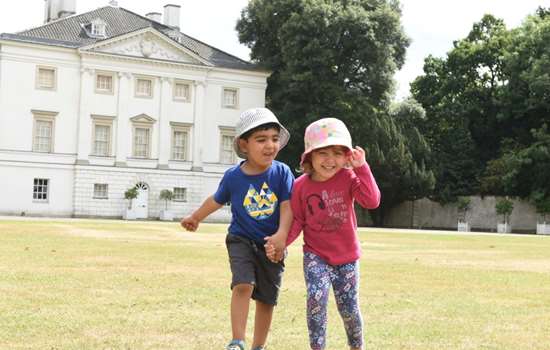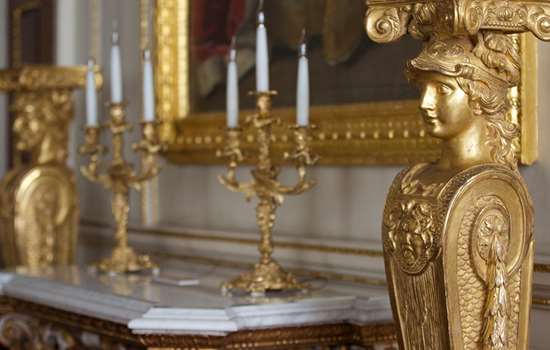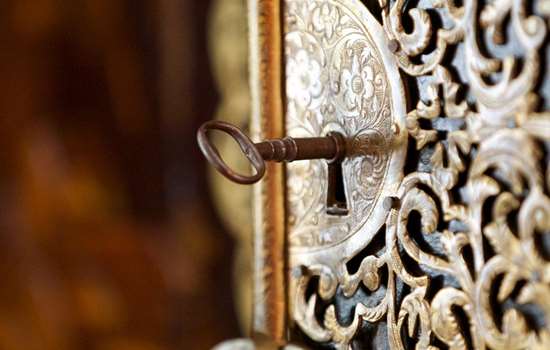What’s new at Marble Hill
• The house is now open to the public after being conserved and re-presented. Visit for free from April to October, Wednesday to Sunday.
• More areas of the park have been opened up to create new habitats and improve the park’s biodiversity.
• The café has been refurbished.
• The new play area for children is open.
• The sports pitches and changing facilities have been improved.
Thank you to the National Lottery Heritage Fund and the National Lottery Community Fund for helping us to complete the Marble Hill Revived Project.
Thank You
Thank you to everyone who supported the Marble Hill Revived Project. English Heritage wouldn’t have been able to undertake this project and countless other works were it not for the generosity of the public. Please consider donating here.
Make a donation
Journal of Progress
Throughout the project development, English Heritage and the Marble Hill team maintained updates to keep the public informed as much as possible. Monitor the progress made and chart the transformation of this incredible site below.
Background to the Project
HENRIETTA HOWARD AND MARBLE HILL
Henrietta Howard (1689–1767) was an influential figure in early Georgian London, having overcome personal misfortune to rise to a significant position of wealth and power. Born into the Hobart family of Norfolk, Henrietta’s childhood was marred when, at the age of 12, she lost her father and mother in quick succession. The family became burdened with mounting debts and four years later, Henrietta was married to the dissolute Charles Howard, youngest son of the 5th Earl of Suffolk.
However, it was through Charles that Henrietta was introduced to the Hanoverian court and, later, became the mistress of the Prince of Wales, the future George II. Described as handsome, witty, and intelligent, Henrietta soon cultivated a circle of friends featuring some of the foremost politicians and satirists of the day, including Jonathan Swift, Alexander Pope, and Horace Walpole. It was during her years at court that she began to build Marble Hill on the banks of the Thames at Twickenham.
Marble Hill became a centre for cultural, intellectual, and political debate, which Pope once described in 1735 as a “greater court… than at Kensington”. Our new interpretation has re-animated the house to invoke Henrietta’s court at Marble Hill with tales of the vibrant cast of characters that surrounded this remarkable woman.
Read more about Henrietta HowardThe Historic Landscape
Henrietta Howard’s garden is a rare surviving example of an early 18th-century villa landscape. It was designed to provide an appropriately ‘ancient’ setting for the villa itself, which was in the classically inspired Palladian style. Key figures in the history of designed landscapes, including Charles Bridgeman and the poet Alexander Pope, played a part in the garden’s creation.
Marble Hill became a public park in 1902, after a campaign to protect the land from development and save the famous view from Richmond Hill – the only English landscape view protected by Act of Parliament. Today it’s a much-loved and lively local amenity, used for sports as well as a tranquil retreat from city life.
Before the Marble Hill Revived Project, the park reflected neither the landscape’s 18th-century origins, nor Henrietta’s story. English Heritage has restored elements of Henrietta’s lost garden, which lay directly between the house and the river. Key features, based on a detailed plan made in about 1749, has been recreated for the first time, including a ninepin bowling alley, flower gardens, terraces and serpentine paths.
Read more about the Historic LandscapeMore about Marble Hill
-
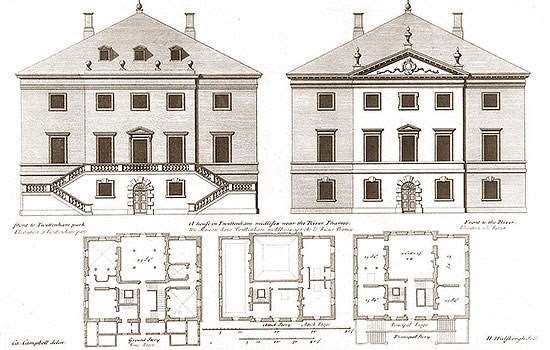
History of Marble Hill
Read a full history of this English Palladian villa and its gardens beside the Thames, from its origins in the 1720s as a retreat from court life for Henrietta Howard to the present day.
-
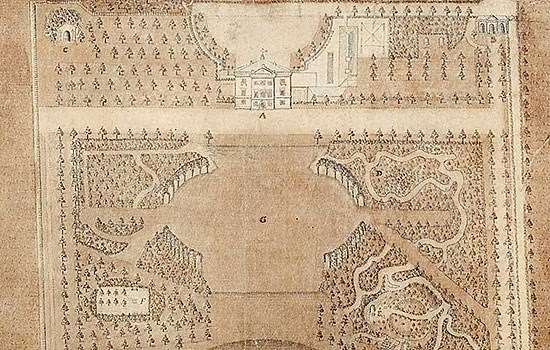
Henrietta Howard’s Garden at Marble Hill
Find out what makes the garden between the house and the river at Marble Hill so significant, and how English Heritage has restored its key elements.
-
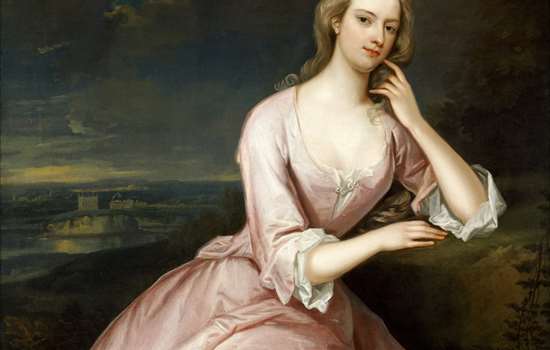
Henrietta Howard
Read more about the life of Henrietta Howard, and how she overcame personal adversity to become an extraordinary figure in Georgian court society.
-
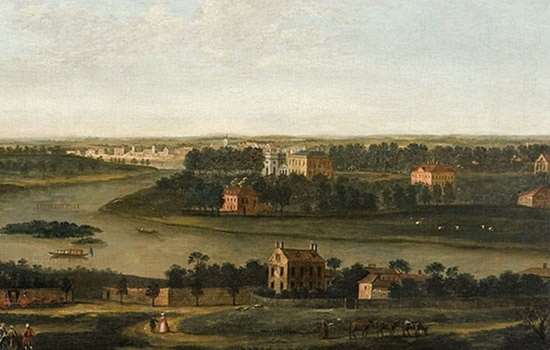
The View from Richmond Hill
See how artists have depicted the panoramic view from Richmond Hill over the centuries and find out how Marble Hill was saved thanks to a campaign to preserve this view.
Thank You
We would like to thank the National Lottery Heritage Fund and the National Lottery Community Fund.
A project made possible thanks to a £5m grant from The National Lottery Heritage Fund and the National Lottery Community Fund.
Please visit The National Lottery Heritage fund website
Follow @HeritageFundUK on Twitter, Facebook and Instagram and use hashtag #NationalLotteryHeritageFund
